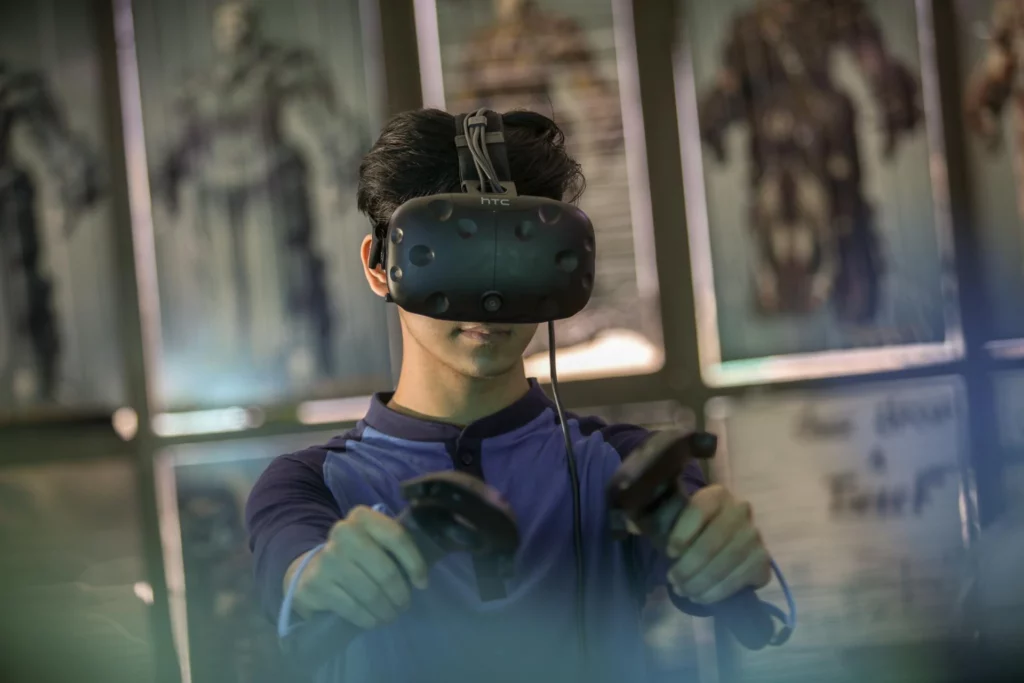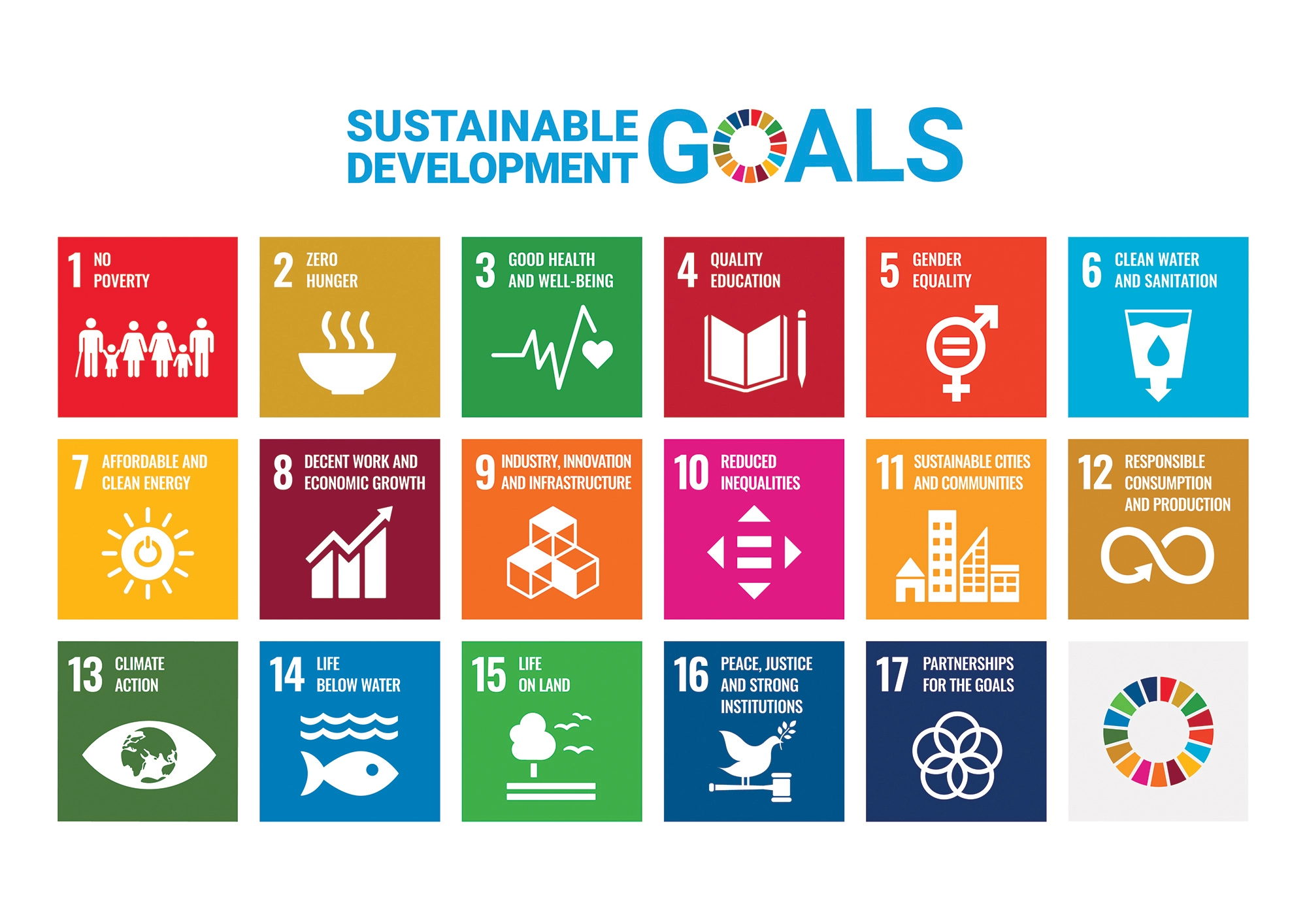In today’s fast-paced world, technology has become an integral part of our daily lives, revolutionizing every aspect, including education.
As we strive to enhance the learning experience for students, educators are increasingly turning to smart technologies to create dynamic and engaging classrooms.
In this blog post, we’ll delve into the various types of smart technologies that can be implemented to impart effective education in schools.
1. Interactive Whiteboards: Beyond the Projector Screen
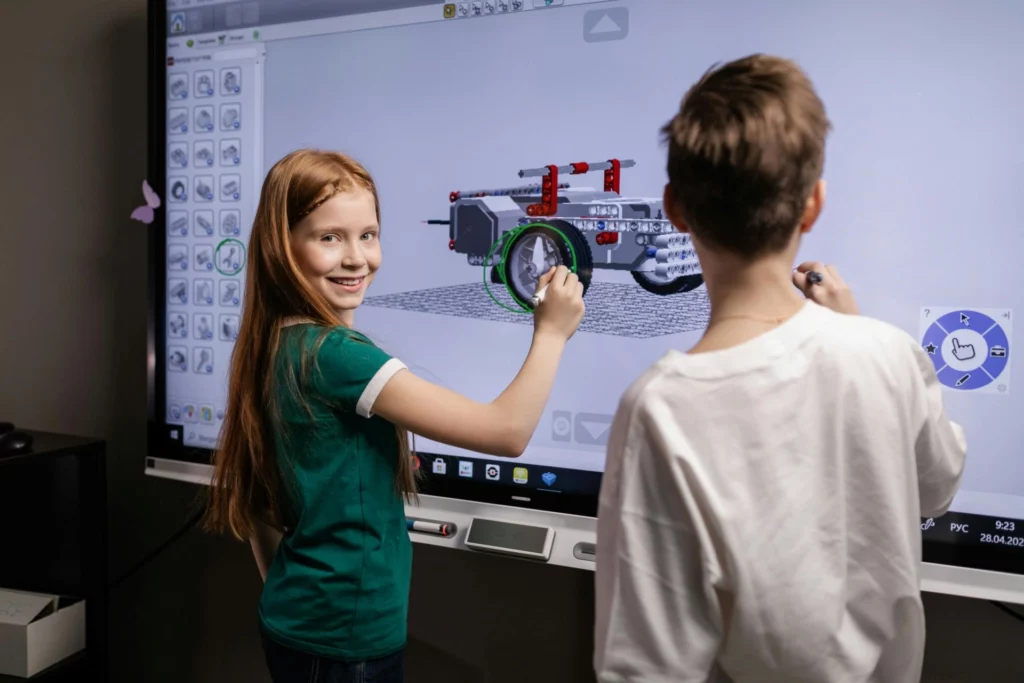
Remember those bulky projectors and screens? Say goodbye! Interactive whiteboards are the new norm, transforming static presentations into dynamic learning experiences.
Interactive whiteboards have transformed traditional chalkboards into dynamic learning tools. These large touchscreen displays enable teachers to present lessons more interactively and engagingly.
Imagine students manipulating 3D models in biology class, collaborating on virtual maps in history, or solving equations in real time – all on a giant touchscreen.
With features such as touch and gesture control, multimedia integration, and internet connectivity, interactive whiteboards allow educators to incorporate videos, animations, and interactive quizzes into their lessons, catering to diverse learning styles and enhancing student engagement.
These boards are more than just displays; they’re gateways to immersive learning.
2. Adaptive Learning Platforms: Personalized Education on Autopilot

Enter the realm of adaptive learning platforms, where education is tailored to each student’s unique pace and understanding. Powered by AI, these platforms assess individual strengths and weaknesses, crafting personalized curricula and offering targeted challenges.
By ensuring no student is left behind while pushing high achievers to their full potential, adaptive learning platforms are revolutionizing the way we approach education.
3. Virtual Reality (VR) and Augmented Reality (AR): Beyond Classroom Boundaries
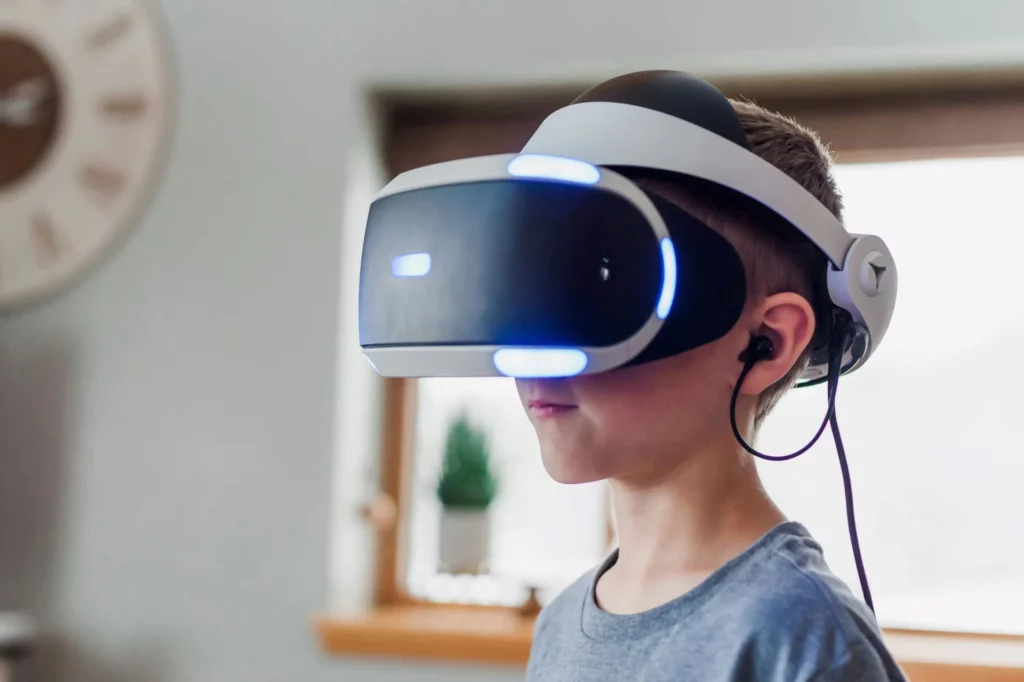
Virtual reality and augmented reality are breaking down the barriers of traditional learning, allowing students to explore subjects in immersive and interactive ways.
Picture dissecting a frog in a virtual lab, roaming the pyramids in ancient Egypt, or even walking on the moon – all from the comfort of your classroom.
VR and AR foster deeper engagement and understanding by providing experiences that transcend the limitations of textbooks.
4. Educational Robots: Bringing Learning to Life
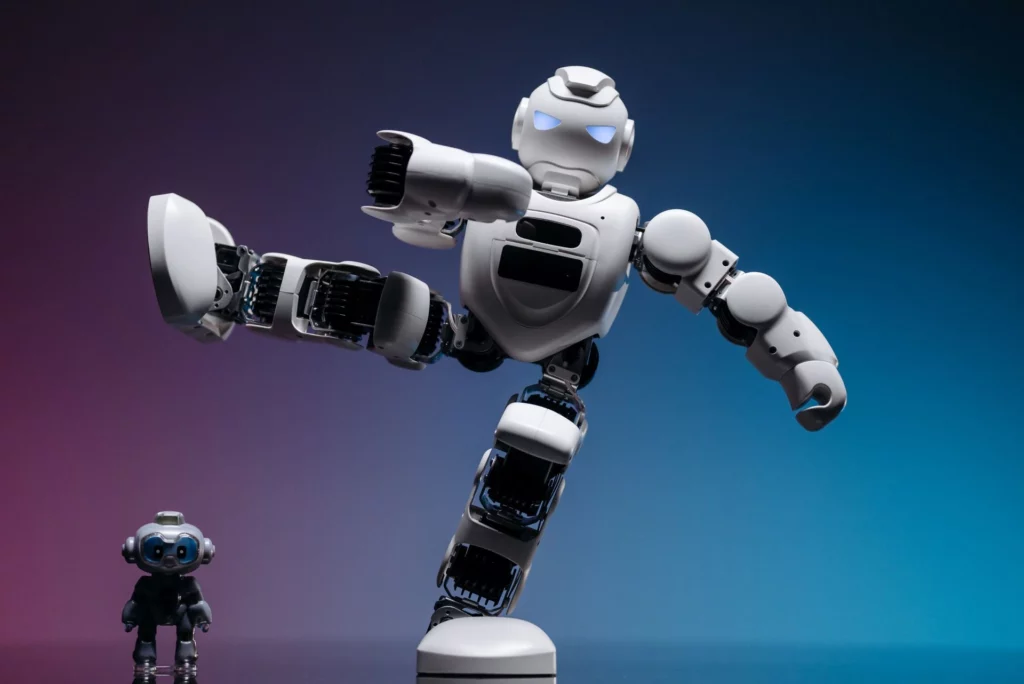
From science fiction to reality, educational robots are making their way into classrooms as companions, tutors, and coding instructors.
These robots offer personalized feedback, answer questions, and lead group activities, creating a dynamic and interactive learning environment.
By blending technology with hands-on experiences, educational robots inspire curiosity and spark a passion for learning among students.
5. Gamified Learning: Making Education Fun and Rewarding
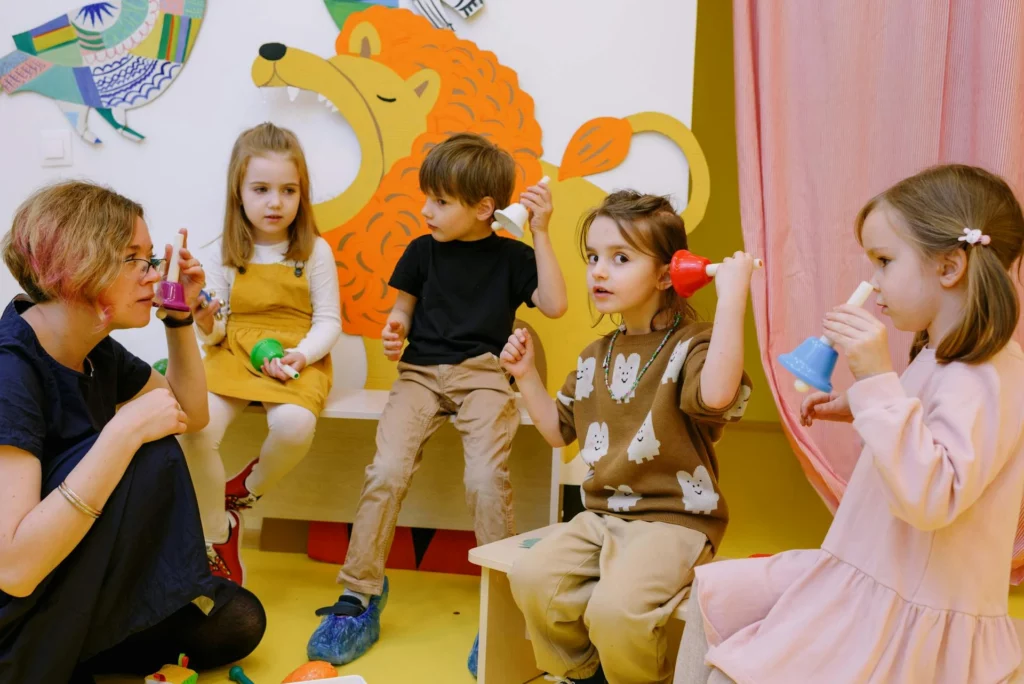
Who says learning can’t be fun? Gamified learning injects elements of gaming, such as points, badges, and leaderboards, into the curriculum, transforming education into an enjoyable experience.
Whether it’s practicing math through interactive quizzes or exploring history through quests, gamified learning motivates students and fosters a sense of achievement and progress.
Implementing Smart Tech: Challenges and Considerations
While smart technologies offer incredible potential, remember, they’re just tools. Successful implementation requires careful planning and consideration of challenges like:
- Cost and accessibility: Ensuring equitable access to technology for all students is crucial.
- Teacher training: Educators need support in integrating technology effectively into their teaching methods.
- Data privacy and security: Protecting student data is paramount.
Harnessing the Potential: Empowering Educators and Learners
The integration of smart technologies in education presents a transformative opportunity to empower both educators and learners.
Educators can leverage these tools to create dynamic and engaging learning environments that cater to diverse learning styles and preferences.
By embracing interactive whiteboards, adaptive learning platforms, virtual reality, educational robots, and gamified learning, educators can foster a culture of curiosity, creativity, and collaboration in their classrooms.
Moreover, smart technologies offer learners the opportunity to take ownership of their learning journey and explore subjects in ways that resonate with their interests and abilities.
Whether through personalized learning paths, immersive virtual experiences, or interactive educational games, learners can engage with content in a manner that ignites their passion for learning and encourages lifelong curiosity.
Navigating the Digital Landscape: Building Digital Literacy Skills
As we embrace smart technologies in education, it becomes increasingly important to equip students with the digital literacy skills necessary to navigate the digital landscape responsibly and ethically.
Educators play a crucial role in teaching students how to critically evaluate information, discern credible sources, and protect their privacy and security online.
Additionally, integrating coding and computational thinking into the curriculum can empower students to become creators rather than just consumers of technology.
By fostering an understanding of programming concepts and computational problem-solving skills, students can develop the confidence and capabilities to harness the full potential of smart technologies in their academic and professional pursuits.
Collaboration and Innovation: Fostering a Culture of Continuous Improvement
The adoption of smart technologies in education opens up new opportunities for collaboration and innovation among educators, students, parents, and industry partners.
By sharing best practices, exchanging ideas, and collaborating on projects, stakeholders can leverage collective expertise and resources to drive continuous improvement and innovation in education.
Furthermore, partnerships with industry stakeholders can provide students with real-world learning experiences and opportunities to develop skills relevant to future careers in fields such as STEM, technology, and innovation.
By bridging the gap between the classroom and the workplace, educators can better prepare students for success in a rapidly evolving digital economy.
The Future of Education is Smart
Smart technologies aren’t just trendy gadgets; they’re powerful tools that can transform education.
By embracing these innovations and addressing potential challenges, we can create a future where learning is personalized, engaging, and accessible for all.
So, educators and learners, let’s get ready to power up our classrooms and ignite the spark of curiosity with smart tech!
Conclusion: Embracing the Future of Education
In conclusion, the integration of smart technologies holds immense potential to revolutionize education and empower learners to thrive in the 21st century.
By embracing interactive whiteboards, adaptive learning platforms, virtual reality, educational robots, gamified learning, and other innovative tools, educators can create dynamic and engaging learning environments that cater to the diverse needs and preferences of today’s learners.
However, successful implementation requires a holistic approach that addresses challenges such as cost, accessibility, teacher training, and data privacy.
By prioritizing equity, supporting educators, and fostering digital literacy skills, we can ensure that all students have access to high-quality education that prepares them for success in an increasingly digital and interconnected world.
As we navigate the complexities of the digital age, let us remain committed to harnessing the power of smart technologies to unlock the full potential of every learner.
Together, let us embrace the future of education and empower future generations to shape a brighter tomorrow.

